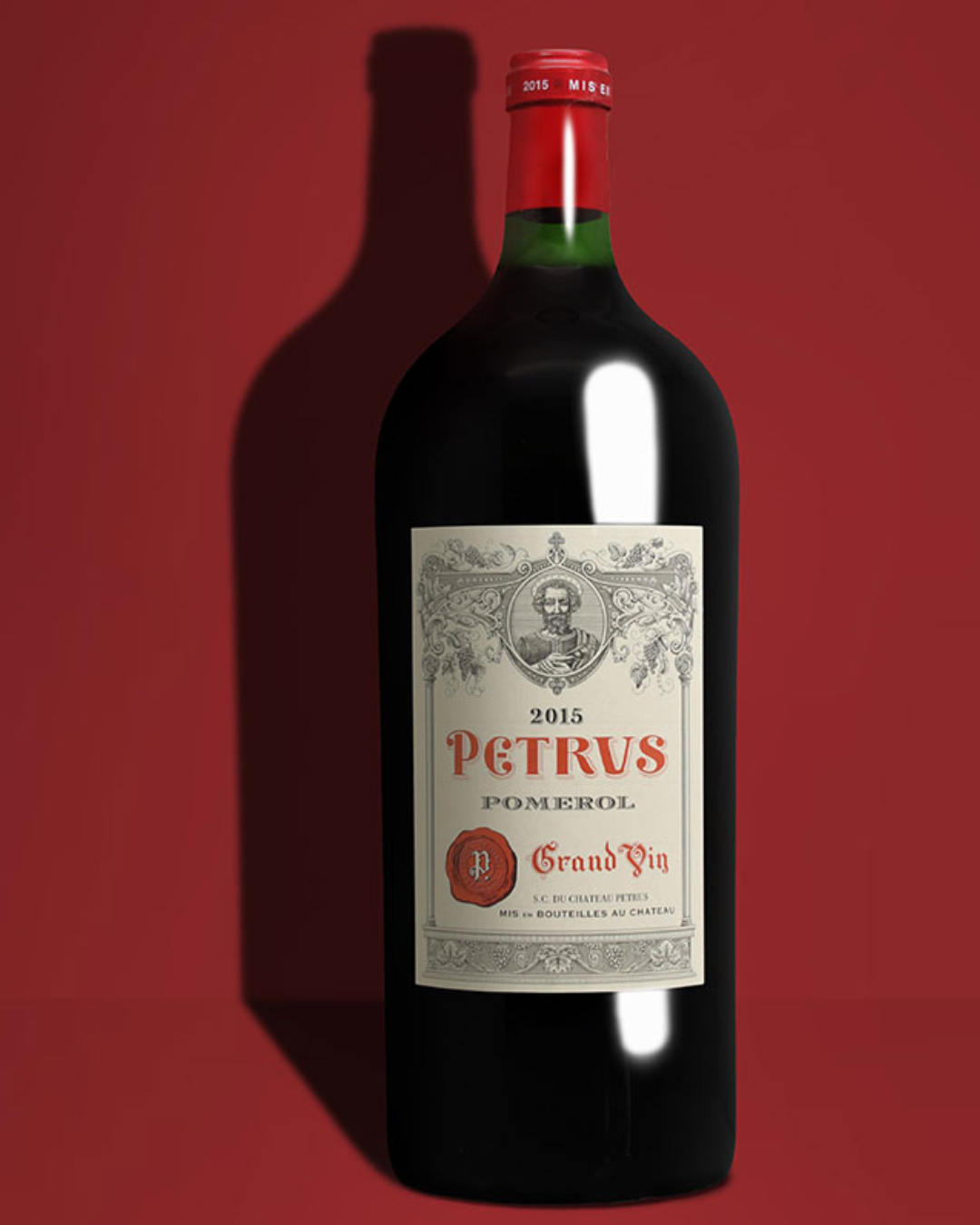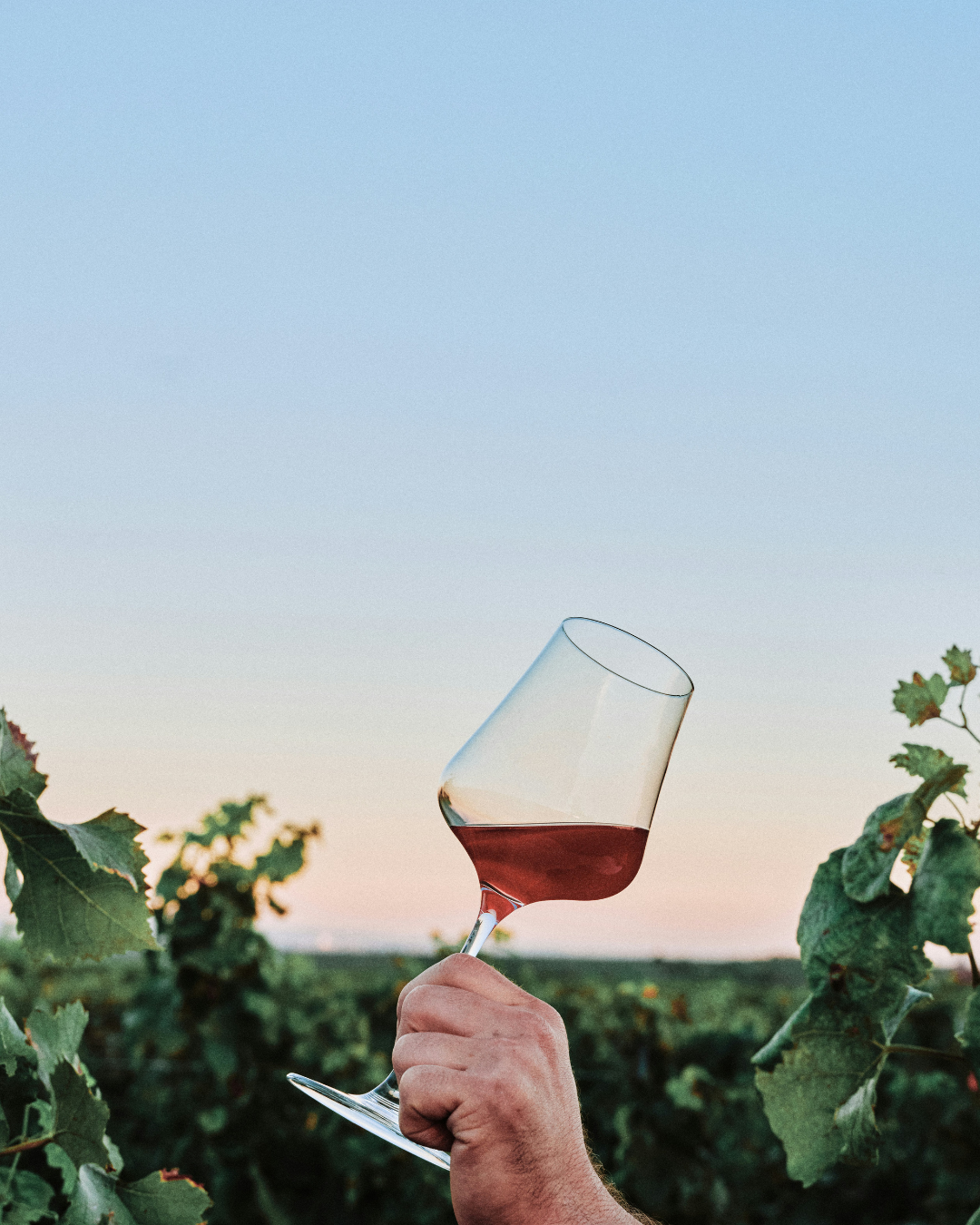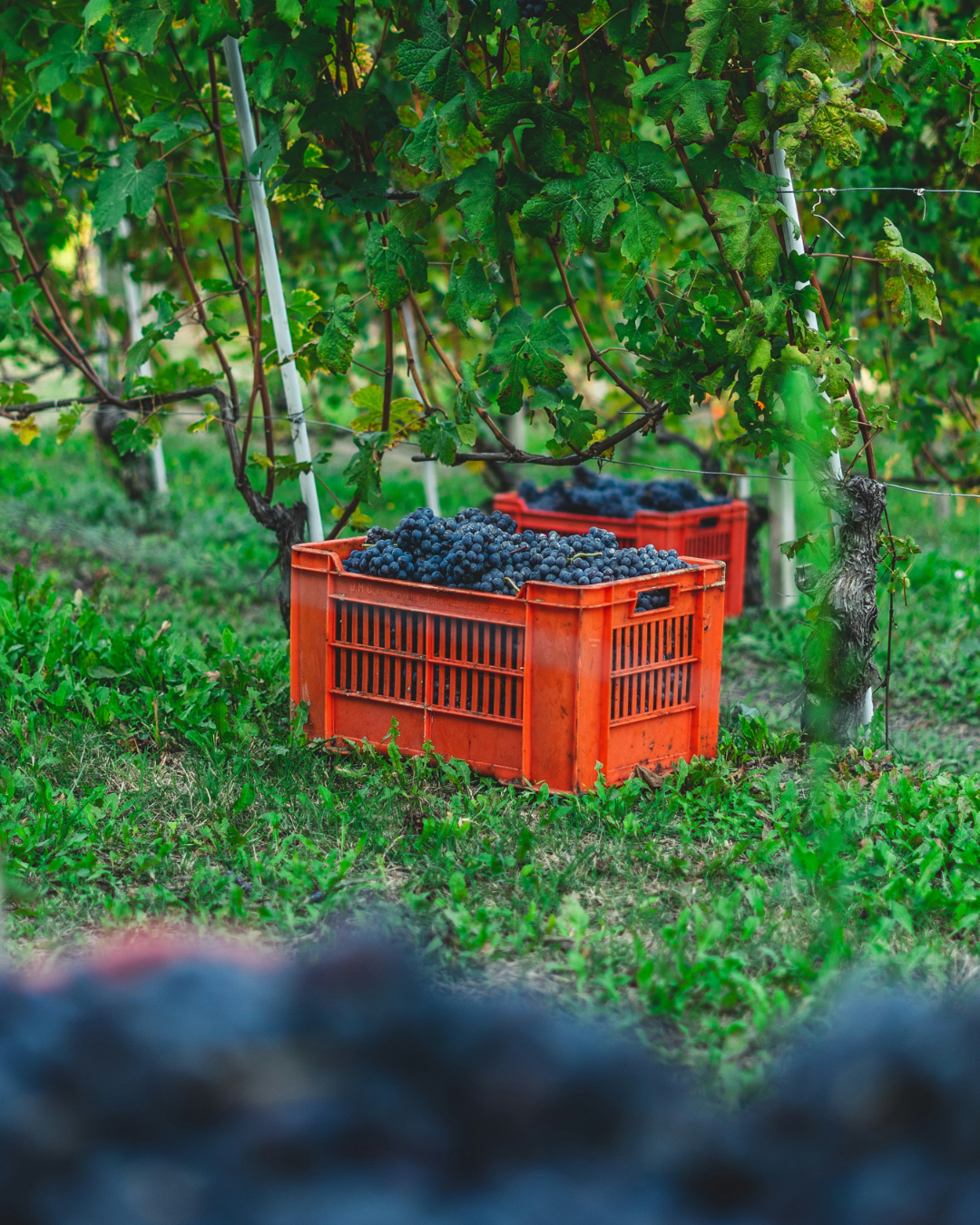
Why do some wines cost a fortune? Breaking down a market that’s not always rational
Why does a Château Margaux 1982 cost as much as a scooter? Why do some Burgundy wines exceed the price of Paris real estate per square meter? Is it really about quality, or is it just a game of prestige and speculation?
If you’ve ever raised an eyebrow at a wine price tag, here’s a deep dive into all the rational (and absurd) reasons why some bottles sell for a fortune.
📌 1. Rarity: The Scarcer It Is, the More It Costs
It’s simple supply and demand—the rarer something is, the higher the price. And in the wine world, some bottles are rarer than a free terrace table on a summer evening.
🔥 Examples of Rarity-Driven Price Surges
✔️ Domaine de la Romanée-Conti (Burgundy) → Less than 6,000 bottles per year of the legendary Romanée-Conti. Fun fact: there are more billionaires in the world than bottles available.
✔️ Pétrus (Pomerol) → 11 hectares of vines, ultra-limited production. The myth of scarcity fuels its legend.
✔️ Selosse (Champagne) → Micro-productions & tight allocations mean demand far exceeds supply.
👉 The fewer bottles available, the higher the price—it’s a mathematical certainty.
📌 2. Prestige: A Well-Maintained Myth
There’s truly exceptional wine, and then there’s wine that sells for its reputation more than its taste.
💎 Why Do Certain Wineries Become Cult Icons?
✔️ Legendary History → A centuries-old estate, a dynasty of winemakers, a wine once served to kings—it all feeds the myth.
✔️ Flawless Storytelling → If you hear that “Domaine X only sells to the world’s top restaurants”, that’s marketing doing its job.
✔️ Collector Obsession → Some buyers don’t even drink these wines—owning a mythical bottle is more important than tasting it.
👉 Conclusion? Paying €5,000 for a bottle isn’t always about the quality—it’s about the story it tells.
📌 3. Scores & Critics: Parker, RVF & The 100-Point Effect
A wine can be great, but a wine with 100 points from Robert Parker or 20/20 from RVF? That’s a whole different story.
🚀 How Scores Send Prices Soaring
✔️ The “Parkerization” of Wine → A 100-point score instantly doubles demand—and often, the price.
✔️ Collector Hype → A “perfect” wine becomes a museum piece, with price no longer a concern.
✔️ Influence of Asian & U.S. Markets → In some countries, buyers obsess over scores, and a 98/100 instantly triggers mass purchases.
👉 Moral of the story? A great wine without critical buzz remains affordable, while a 100-point wine becomes untouchable.
📌 4. Speculation: When Wine Becomes a Financial Asset
At a certain level, wine isn’t just a beverage—it’s an investment.
💰 How Speculation Works
✔️ Wine Investment Funds → Yes, they exist. Companies buy entire cases of top Grand Crus, storing them for years to resell at a massive profit.
✔️ The Bordeaux 2009/2010 Effect → Certain vintages are bought en masse upon release, and prices skyrocket within a few years.
✔️ Auction & Secondary Market Games → A wine can pass through multiple hands before being drunk, gaining 10%, 20%, or even 50% in value at each sale.
👉 The downside? Some wines reach prices completely disconnected from their actual quality, purely driven by speculation.
📌 5. Vintage Impact: Not All Years Are Equal
A Château Margaux 1982 and a Château Margaux 2013 are two completely different wines.
⏳ Why Do Some Vintages Cost 10x More?
✔️ Exceptional Climate Conditions → A perfect growing year produces wines that age beautifully and become highly collectible.
✔️ The Rarity of Top Vintages → Certain years are legendary (1945, 1961, 1982, 2005, 2010…), and the remaining bottles become treasures.
✔️ “Last Available Stock” Effect → As a great vintage nears its drinking peak, prices explode due to dwindling supply.
👉 The same wine from different years can cost anywhere from €500 to €5,000.
📌 6. Can You Find Great Wines Without Selling a Kidney?
Luckily, there are still amazing wines at reasonable prices.
🔎 How to Spot Smart Buys?
✅ Look for undervalued appellations → Pomerol instead of Pauillac, Morey-Saint-Denis instead of Vosne-Romanée…
✅ Find rising-star winemakers → A less famous producer today could be tomorrow’s icon.
✅ Ignore score obsession → A 94/100 wine can be just as exceptional as a 98/100—but at half the price.
📌 Final Thought: Are These Wines Really Worth Their Price?
The truth? A wine’s price isn’t just about quality. It’s about rarity, prestige, scores, and market speculation.
💡 Should you buy these ultra-expensive bottles?
✅ If you’re an investor or collector, yes.
✅ If you just want an exceptional wine to drink, there are far better deals.
👉 Bottom line? You can spend €5,000 on a bottle of Romanée-Conti… or €500 on a hidden gem that delivers just as much excitement.
Because in the end, the best wine is always the one you open. 🍷



Leave a comment
This site is protected by hCaptcha and the hCaptcha Privacy Policy and Terms of Service apply.